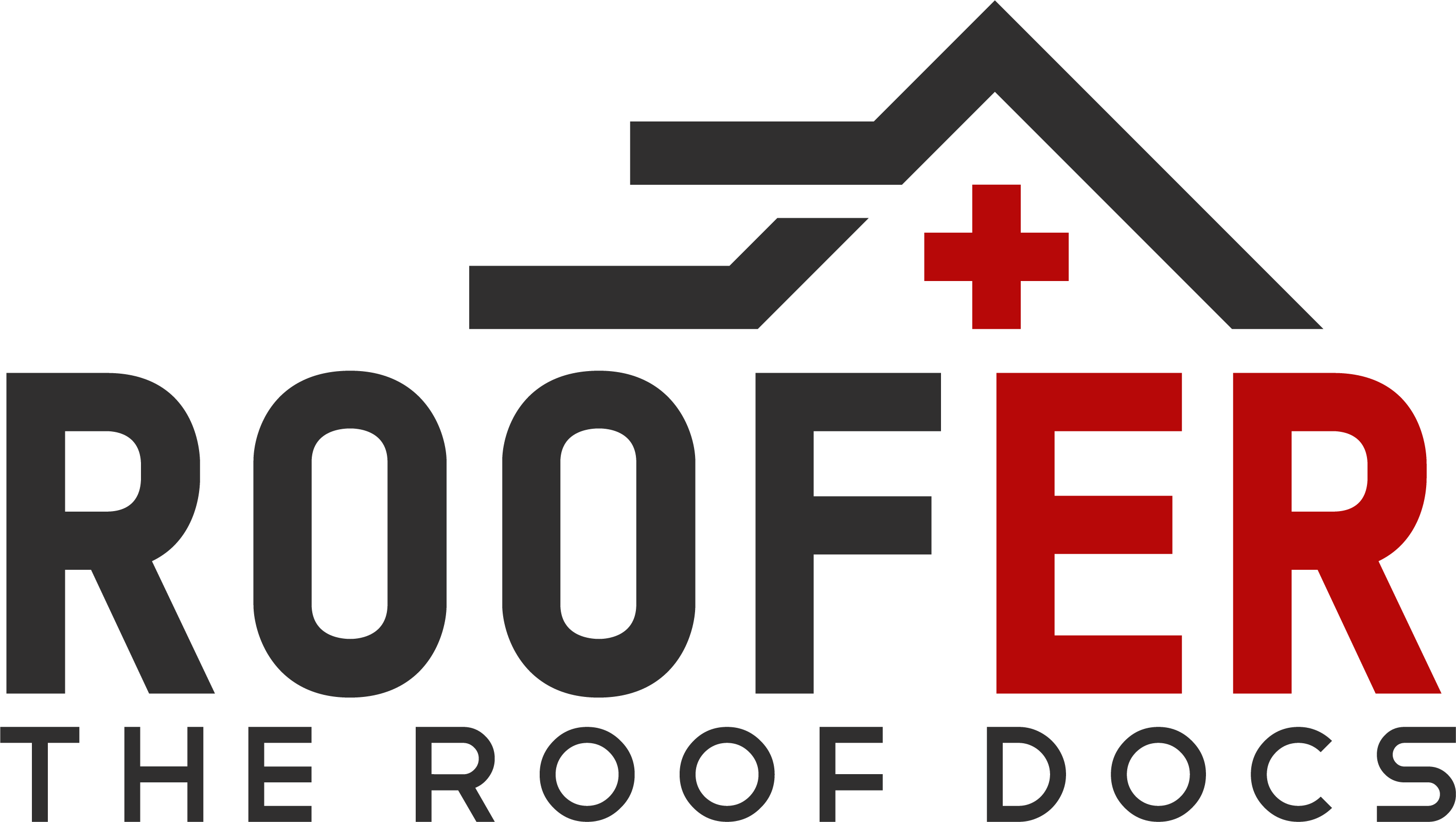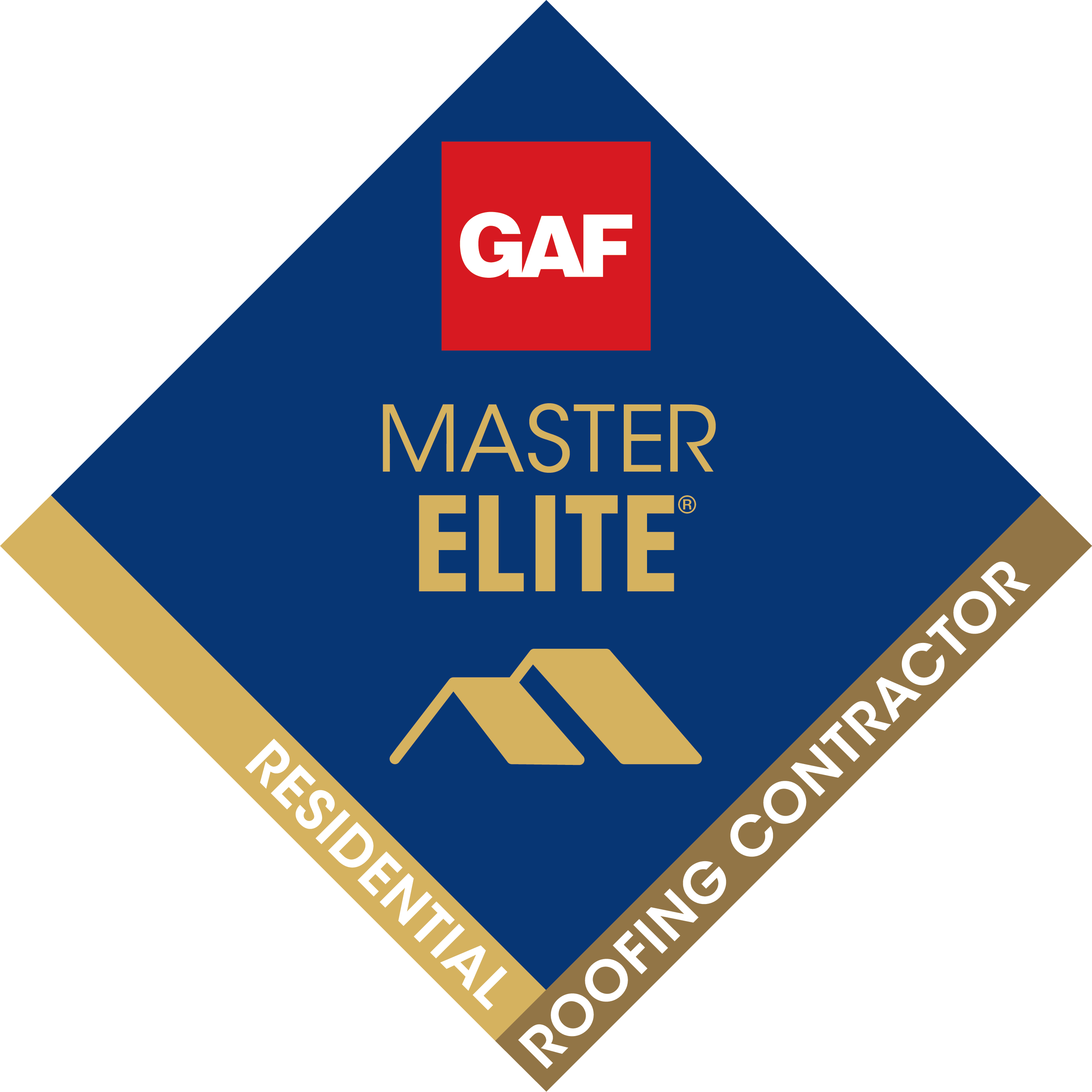How Does Rain Impact a Roof?
The sound of rain falling on a roof can be calming, but the drip-drip-drip of a leak is markedly less so. Water damage can cause problems that lead to expensive repairs or even total roof replacement. As a homeowner, you want to know how rain affects your roof and what you can do about it.
The Effects of Rain on Roof Structures
Heavy rain can impact the integrity of your roof and lead to structural damage. But exactly how does rain impact a roof?
Roof Leaks
The most common causes of roof leaks are:
- Damaged flashing: Roof flashing channels water away from the roof into drainage systems. Cracked or rusted flashing can cause leaks.
- Leaky chimney: This is caused by compromised flashing, saturated mortar joints or water coming in through the top of the chimney.
- Pipe boot damage: Pipe boots are the waterproof casings surrounding roof pipes. If cracked, water could run down the pipe.
- Roof nails: If nails back up through shingles, rain can trickle down the nail into your home.
- Blocked roof valleys: Leaves, twigs and debris can clog roof valleys, stopping water flow.
- Compromised skylights: Water can seep through skylight seals.
Early leak detection and repair before they become a bigger problem. Here are five signs to look for:
- Water stains on ceilings or walls are the most obvious sign of a leak. They are brown or yellow and may look circular or streak-like.
- Dripping water from the ceiling when it rains points to a leak.
- Damaged roof shingles or flashing allow water to seep into the home.
- Mold or mildew thrives in moist conditions and its presence indicates a leak. If left unchecked, it can cause health problems.
- A sagging ceiling or roof indicates severe water accumulation. Call a professional immediately to assess the problem.
Moss Growth
Moss needs two things to grow: moisture and organic matter. Your roof provides both. A shady roof means less water evaporation, creating perfect conditions for moss. Moss gets under shingles and degrades their integrity, causing leaks.
To prevent moss growth on your roof:
- Remove shade: Cut back trees and foliage to expose more of the roof to sunlight.
- Introduce metal: Install copper wire or galvanized metal strips. The metal’s oxidization washes over the moss when it rains, inhibiting growth.
- Clean regularly: Clearing your roof of organic debris makes moss less likely to grow.
Shingle Deterioration
Rain affects different shingle types in different ways, for example:
- 3-tab asphalt shingles: Rainfall could cause the shingles to split and deteriorate.
- Architectural shingles: Continued exposure to heavy rain may cause the shingles to loosen or water may get under them.
- Wood shingles: Rain can cause discoloration and may lead to wood rot. Wood is an organic material, so moss growth is more common.
Inspect your shingles for the following signs of degradation:
- Curled edges or cupped shingle tabs
- Cracks on the shingle’s surface
- Missing granules causing bald spots
- Bruising — noticeable by the shingle being a darker color
Structural Integrity
Over time, water from heavy rainfall can seep into the home’s interior and affect its structural integrity. A buildup of rainwater can exceed the weight your roof can carry, straining support beams.
The long-term consequences of water damage include:
- Compromised structural integrity
- Electrical system failures
- Damage to home contents
- Decreased property value
- Health problems from mold and damp exposure
Preventive Measures for Protecting Roofs From Rain
There are some simple steps you can take to safeguard your roof from water damage.
Proper Drainage Systems
Gutters direct rainwater into downspouts, channeling it away from your home. This drainage system protects your home’s foundation and prevents water damage.
It is essential to maintain and clean drainage systems by:
- Removing leaves, twigs and other debris.
- Inspecting for damage such as holes or rust.
- Installing gutter guards to keep debris out.
- Running water through gutters and downspouts to check for blockages.
- Checking secure attachment of gutters and positioning toward downspouts.
Professional Roof Inspections

Your roof is your home’s first line of defense against the elements. Inspections and maintenance will keep it in top condition. Scheduling regular roof inspections can help you catch small problems before they lead to bigger issues. Professional roof inspections can help you:
- Quickly detect and repair leaks.
- Identify flashing wear and tear.
- Assess and maintain drainage systems.
- Check sealing and insulation to keep your home energy efficient.
- Preserve warranty coverage, particularly for a new roof or renovation.
A professional roofing contractor is the best person to inspect your roof. They have the knowledge and experience to identify issues safely and offer solutions. However, you can still do your part to identify roof damage safely from the ground with these tips:
- Walk around the exterior of your home to identify any large debris or missing shingles.
- Look at your ceilings and take note of any water spots or discoloration.
- If you can access the attic, use a flashlight to inspect your vents and roof from the inside.
Understanding Roof Replacement
A roof’s life span is between 20 and 50 years depending on its material. If there is extensive water damage, it may be time to consider a replacement. Signs that it’s time for a new roof include:
- Old roof: Replacing your roof may be the best option if it is a few decades old.
- Uprooted shingles: Many curling, buckling or missing shingles.
- Sagging or drooping: A serious sign of water damage. Sagging signals structural issues.
- Overgrowth of moss: An overabundance of moss or mold indicates moisture on your roof. If this problem recurs, it may be time to replace your roof.
Costs and Benefits of Replacing Your Roof
The average cost of a roof replacement is around $11,500. The cost may vary depending on roof size, materials and labor.
There are many advantages to installing a new roof, such as:
- Give your home a new look.
- Benefit from new warranties.
- Increase your home’s value.
- Save money on old roof repairs.
- Improve your home’s energy efficiency.
Contact Roof-ER for a Free Professional Roof Inspection
Understanding the effect of rain on your roof is vital to prevent water damage. Fixing minor leaks can save you from major headaches down the line. Regular inspection and maintenance will ensure that your roof protects you for years.
If you suspect water damage in your home, call North Virginia’s professional roofing specialists. Roof-ER’s commitment to quality workmanship and excellent customer service shines through. Our services include inspection, gutter installation, siding replacement, roof maintenance and repair.
Contact Roof-ER today to request a free roof inspection or to learn more about our professional roofing solutions!

Cited Sources:
https://www.theroofdocs.com/blog/roof-flashing
https://www.theroofdocs.com/blog/getting-a-new-roof
https://www.theroofdocs.com/inspection



